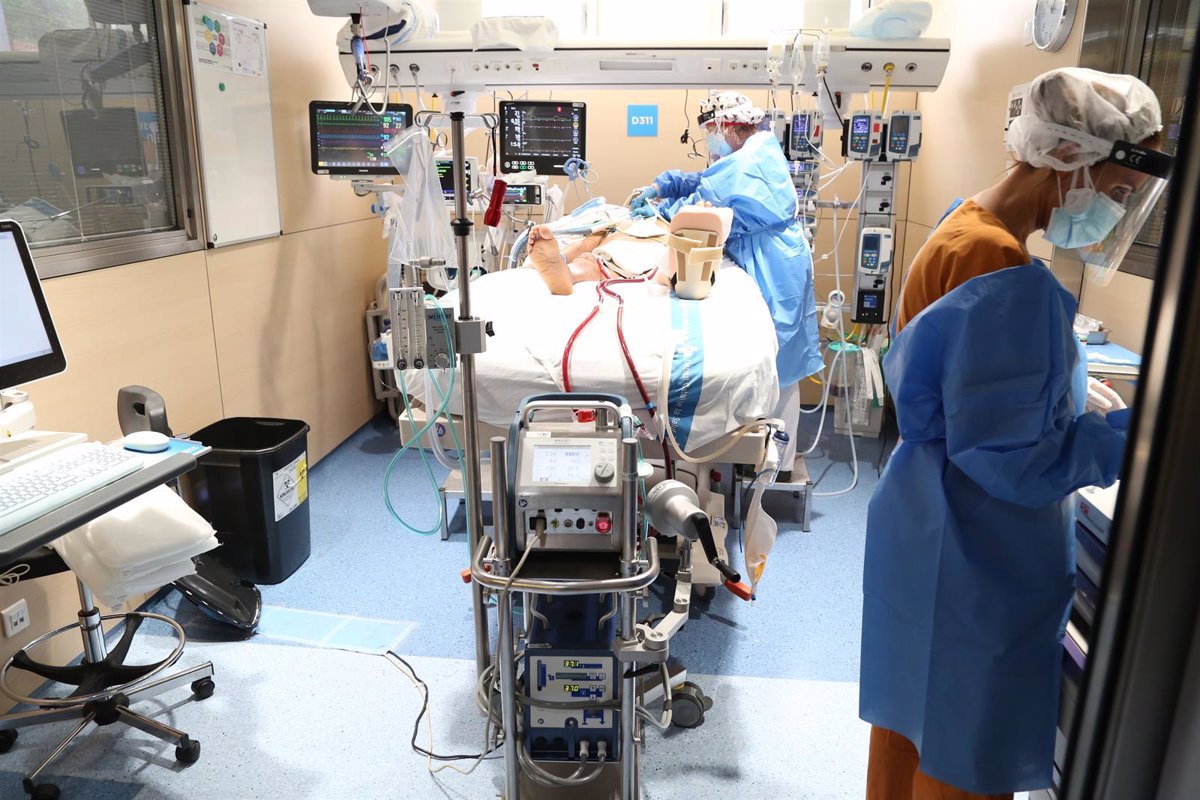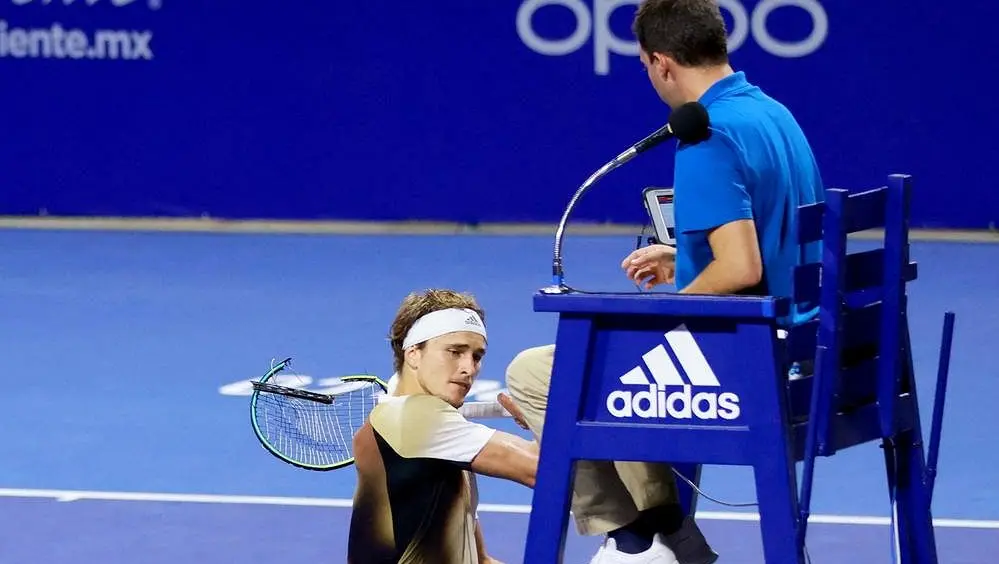MADRID, 11 Mar. (EUROPA PRESS) –
Some patients with severe COVID-19 who are treated with extracorporeal membrane oxygenation (ECMO) may experience significant lung recovery and return to normal life with “significant” long-term results, according to research published online in ‘The Annals of Thoracic Surgery’.
“Our work suggests that, with properly selected patients and aggressive management strategies, the use of ECMO support for severe COVID-19 can lead to exceptional early survival, and these patients who leave the hospital without the need for oxygen therapy have many chances of still being alive and well a year later,” says Deane E. Smith of NYU Langone Health in New York.
Dr. Smith and colleagues identified 415 patients who were admitted to the intensive care unit (ICU) at NYU Langone Health between March 10 and May 1, 2020, with confirmed COVID-19 infection. Of these patients, 30 (7.2%) received venovenous (VV) ECMO, an advanced life support machine that takes over the function of damaged lungs.
Most of the ICU patients -323 (77.8%)- were intubated to receive mechanical ventilatory support. However, according to Smith, the ventilator can further damage the lungs and “create a vicious cycle” for patients with serious lung disease or damage who are intubated. In some cases, VV-ECMO can result in decreased ventilator support, minimizing damage to the lungs and allowing them to begin to heal. Thus, 80 patients (19.3%) were evaluated for VV-ECMO, and 30 (7.2%) finally received it.
“These patients received ECMO for severe COVID-19 during the height of the pandemic in New York City, at a time when very little was known about the chances of success,” he notes.
The investigators reported that 28 patients (93.3%) survived VV-ECMO. These patients were hospitalized for a mean of 45 days and received VV-ECMO support for a mean of 19 days. A total of 27 patients (90%) were discharged home or to acute rehabilitation. No patients left the hospital dependent on a ventilator and only one patient required supplemental oxygen.
According to Dr. Smith, patient selection was an important factor influencing the success of VV ECMO. The selection philosophy was that this was not a “rescue” or salvage therapy to be used in the absence of other options. In contrast, VV-ECMO was offered to patients who were considered to have a reasonable chance of surviving on this support.
“We were surprised by the number of young and otherwise healthy patients dying from the disease. Therefore, we felt that patient selection was very important,” he explains.
He further adds that the decision to offer ECMO assistance was also affected by the severity of the lung disease and the potential for survival.
“If there was a theme throughout our experience, it was how to define success. We didn’t think using ECMO to make patients survive simply to go to long-term facilities debilitated and dependent on ventilation was successful, or not.” everything that could be,” he says. “In other words, we started with the end in mind. If we were going to offer patients ECMO for severe COVID-19, it was because we believed we could protect the lungs and allow the patients return to their normal life at the end.
Although patient selection was important, a standardized approach to patient management and lung protection was equally valuable.
This included not deviating from lung-protective ventilation strategies, early tracheostomy (a surgically created opening through the neck to the trachea), and frequent bronchoscopy (a procedure to directly view the airways of the lungs using a thin, lighted tube) , treatment of coinfection, and standardization of an anticoagulation regimen (to help prevent blood clots).
Also, to help improve oxygenation, the team frequently placed patients who were not recovering as quickly as expected on their stomachs, also known as pronation.
“It’s worth noting that most of these things, like bronchoscopy or tracheostomy, were not considered safe in COVID-19 patients at the beginning of the pandemic,” Smith says. “Our team was aggressive with these interventions long before the most hospitals.
At a median follow-up of 10.8 months since patients were treated with VV-ECMO, survival was 86.7%, including one patient who underwent lung transplantation. A 6-minute walk test was performed on 16 patients (59.3%) with a mean value of 350 meters, which the researchers called “encouraging.”
–


